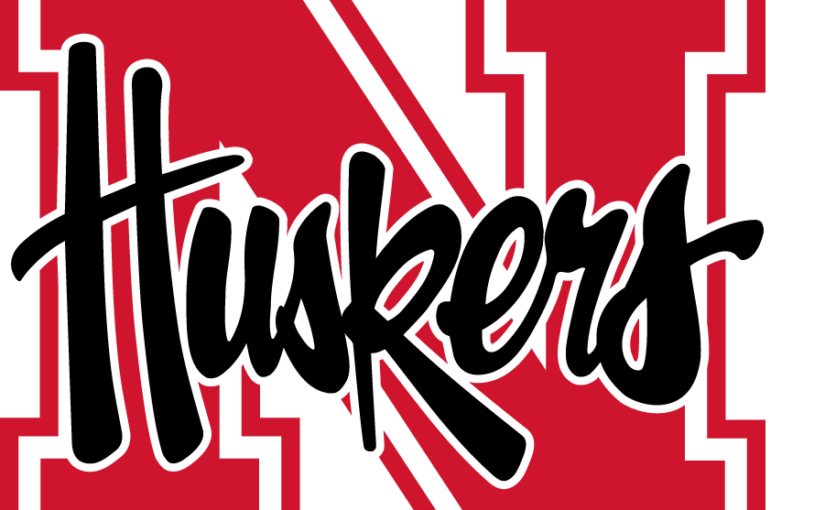The unspoken language of motivation
Coaches generally try to accomplish two things with their athletes: get them to exert maximum effort, and get them to play up to their potential. Both of these objectives require a selling job — good motivation.
In a way, coaches are similar to stand-up comics in that the great ones succeed because they have great material and a great delivery, or can take poor material and shape it into something superior through deft personal manipulation.

This kind of fear has to impact both the body and mind. Nobody can play a game with their mind racing and their body tense. They have to play with some kind of confidence, their mind alert but at rest (quiet) and their body relaxed, but ready for instant response.
The mechanics of communicating encouragement or discouragement revolve around the quality of the coach’s elocution — not only what they say, but the way that they say it and the body language they use.
» RELATED: Coaches share locker room motivation methods
For example, the coach will say, “I want you to box out your man and then rip the ball off the backboard” while looking squarely at the athlete, gently nodding their head up and down, and pumping their fist.
The effect of the coach’s words is predicated on two mechanisms: presupposition, and the ideomotor principle. Presupposition refers to the condition that must be present for the statement to have meaning, especially for the listener.
For example, when a baseball coach tells the pitcher not to give the batter something good to hit, the presuppositions are, first, that the pitcher is aware of what “good pitches” means. Other assumptions are that the pitcher is capable of giving the batter something good to hit, and that giving the batter something good to hit will likely have a deleterious effect on the pitcher’s team. Thus, by telling the picture not to throw hittable pitches, the coach is forcing the pitcher to think about the undesirable pitches in the form of mental images.
The second mechanism is related to the well-researched proposition that any idea that dominates the mind finds expression in the musculature. The ideomotor principle would hold that the statement “don’t give him anything good to hit” creates an unconscious programming of the neuromuscular system responsible for throwing those undesirable pictures. The result is that the pitcher could wind up throwing a pitch that is good to hit.
The best way to encourage an athlete to perform well is by telling him what you want him to do, and not what you don’t want him to do. The coach should have said, “Let’s make a pitcher’s pitch — low and away.” This forces the pitcher to think about a specific and desirable pitch, most likely setting up the proper neuromuscular concomitant for throwing it.
Body language
Like the stand-up comic, the coach’s use of appropriate body language can produce the best response. It’s estimated that some 85% of interpersonal communication stems from nonverbal body language. Eye movement, gestures, facial expression and head movements are just a few of the components of the unspoken language of the body. When the body language that accompanies a verbal statement is congruent with that statement, a unified message is sent to the listener.
Congruence between spoken and unspoken messages can, however, provide encouragement or discouragement. The example of the basketball coach telling his player to “rip the ball off the board” while looking straight at the athlete, nodding his head and pumping a fist is an example of facilitative congruence. The verbal message is positively stated: The coach asks for what he wants, not for what he doesn’t want. Also, the nonverbal message is positive and encouraging to the player.
Obstructive congruence would consist of a negative statement combined with negative body language. For example, a football coach saying to an offensive lineman, “That was the worst block I’ve ever seen,” while covering his face and shaking his head. While there is congruence, the statement is, at best, discouraging and, at worst, devastating to the player. The coach’s body language just hammers the message home.
» ALSO SEE: 3 steps to building greater confidence in your athletes
Believe it: Being up front and honest with the athletes is highly desirable. Rose-coloring statements can delude the athlete into believing that their mistakes are of no consequence, denying them a learning experience and a genuine opportunity to build confidence. Candidness should be a positive part of the coach-athlete teaching exchange. It should not be a negative confrontation leading to discouragement.
“What is the best way to motivate the athlete” is the No. 1 question posed by coaches to sports psychologists. The simplest most direct answer is to tell your players what you want of them, and mean it from the bottom of your heart.
At Coach & Athletic Director, we’re sharing archived content to celebrate our history of educating coaches and athletic administrators worldwide. To see more, visit coachad.com/CoachThrowbacks.





